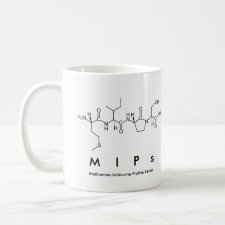
Authors: Kadhirvel P, Azenha M, Shinde S, Schillinger E, Gomes P, Sellergren B, Silva AF
Article Title: Imidazolium-based functional monomers for the imprinting of the anti-inflammatory drug naproxen: Comparison of acrylic and sol-gel approaches.
Publication date: 2013
Journal: Journal of Chromatography A
Volume: 1314
Page numbers: 115-123.
DOI: 10.1016/j.chroma.2013.09.015
Alternative URL: http://www.sciencedirect.com/science/article/pii/S0021967313014258
Abstract: Imidazolium-based monomers were, for the first time, employed in a comprehensive investigation of the molecular imprinting process of naproxen in both acrylic and sol-gel tridimensional networks. To this end, molecularly imprinted polymer (MIP) and xerogel (MIX) were both optimized for performance, by testing different porogen, template speciation and component ratios. The developed imprints were characterized for their pore properties (nitrogen adsorption analysis), site heterogeneity, binding properties and other performance parameters such as the imprinting factor, selectivity (HPLC column tests), column efficiency and mass transfer kinetics (frontal analysis study). MIP exhibited mesoporosity (Dp 29 nm), whereas MIX did not, which was reflected in both the lower number of accessible imprinted sites (4.9 μmol/g versus 3.7 μmol/g) and the slower binding/dissociation in MIX. The naproxen/ibuprofen selectivity ratio was estimated as 6.2 for the MIX and 2.5 for the MIP. Given the high importance of capacity and fast mass transfer in typical applications of imprinted materials, and the satisfactory selectivity of MIP, it can be concluded that the acrylic approach was globally the most advantageous. Still, the remarkably high selectivity of MIX and its reasonable capacity demonstrate that future work devoted to further optimization of both formats is worthwhile
Template and target information: naproxen
Author keywords: molecular imprinting, Cationic monomer, sol-gel, Methacrylic polymer, naproxen, frontal analysis



Join the Society for Molecular Imprinting

New items RSS feed
Sign-up for e-mail updates:
Choose between receiving an occasional newsletter or more frequent e-mail alerts.
Click here to go to the sign-up page.
Is your name elemental or peptidic? Enter your name and find out by clicking either of the buttons below!
Other products you may like:
 MIPdatabase
MIPdatabase









